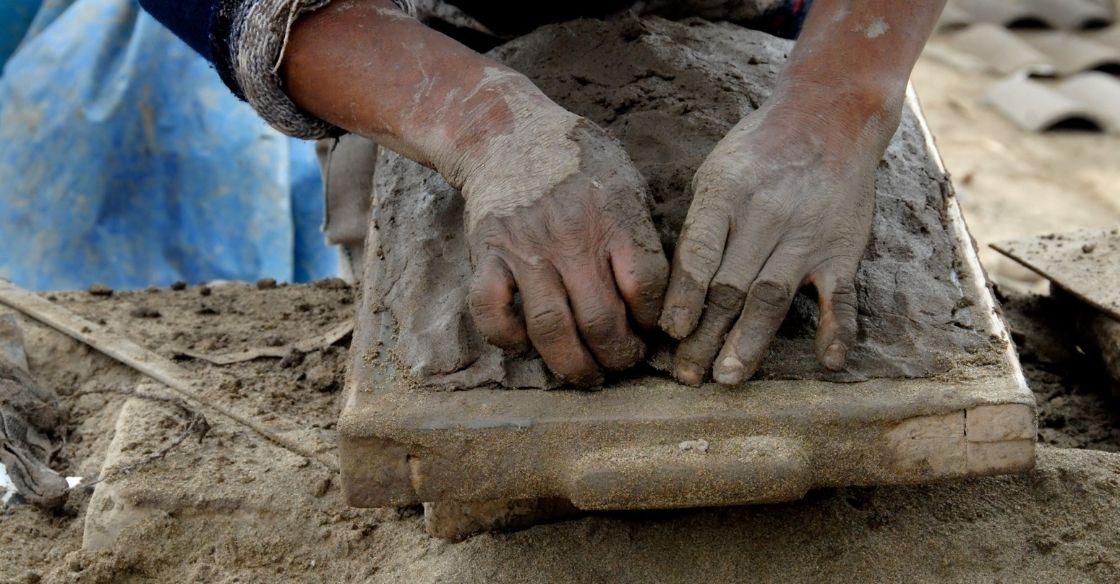How To Identify And Prevent Forced Labor In Your Supply Chain
Strategies For Addressing And Preventing Forced Labor In Your Supply Chain
Sadly, slavery still exists in our modern world, and increasingly so in the form of forced labor. Forced labor can go unnoticed by companies all over the world due to going unseen in supply chains. Recent events have shed more light on the growing concerns of forced labor in Xinjiang, China, but this is far from the only location these human rights abuses are occurring.
The media, NGOs, and many other activists have been working hard to raise awareness of the increasingly pressing issue of forced labor. Unfortunately, forced labor is rampant and can be hard to spot within your very own supply chains. This leaves businesses with a lot of unanswered questions about what exactly they can do to make sure they’re not contributing to the issue.
In this webinar you will learn:
- What forced labor is and where it is most prevalent
- Legal implications of forced labor for businesses
- Current and upcoming laws and regulations
- How to identify, mitigate, and prevent forced labor in supply chains
- Free resources and tools to get started
Watch Our Webinar On-Demand:
Our Panel of Experts
Source Intelligence teamed up with three other forced labor prevention experts to provide different perspectives on the issue and answer questions including:
- How do you identify forced labor, especially in geographical locations where data is sparse?
- What can you do if you find yourself at high risk of forced labor?
- What legal obligations do businesses have?
- What does the future look like for forced labor in terms of legislation?
Our panel included:
- Louisa Greve, Director of Global Advocacy at Uyghur Human Rights Project; Twitter: @LouisaCGreve
- Ruth Pojman, Founder of Ruth Freedom Pojman Advisory Services; Twitter: @rpojman
- Nancy Fischer, International Trade Partner at Pillsbury Winthrop Shaw Pittman; Twitter: @pillsburylaw
- Dr. Jennifer Kraus, Chief Scientific Officer and EVP of Source Intelligence; Twitter: @SourceIntel
We Empower Supply Chain Leaders To Make A Difference
Our webinars at Source Intelligence are designed in collaboration with carefully selected topic experts to provide valuable and actionable information to supply chain leaders.
Each of our webinars seeks to understand pertinent supply chain issues from all angles and provide guidelines and best practices on how to best approach them.
Resources
-
Source Intelligence Learning Center: https://learningcenter.sourceintelligence.com/
-
Global Trade & Sanctions Law — Breaking News and Insights Published by Pillsbury Winthrop Shaw Pittman LLP: https://www.globaltradeandsanctionslaw.com
-
Coalition to End Uyghur Forced Labor: https://enduyghurforcedlabour.org/
*Promotional offers in the webinar are no longer valid


